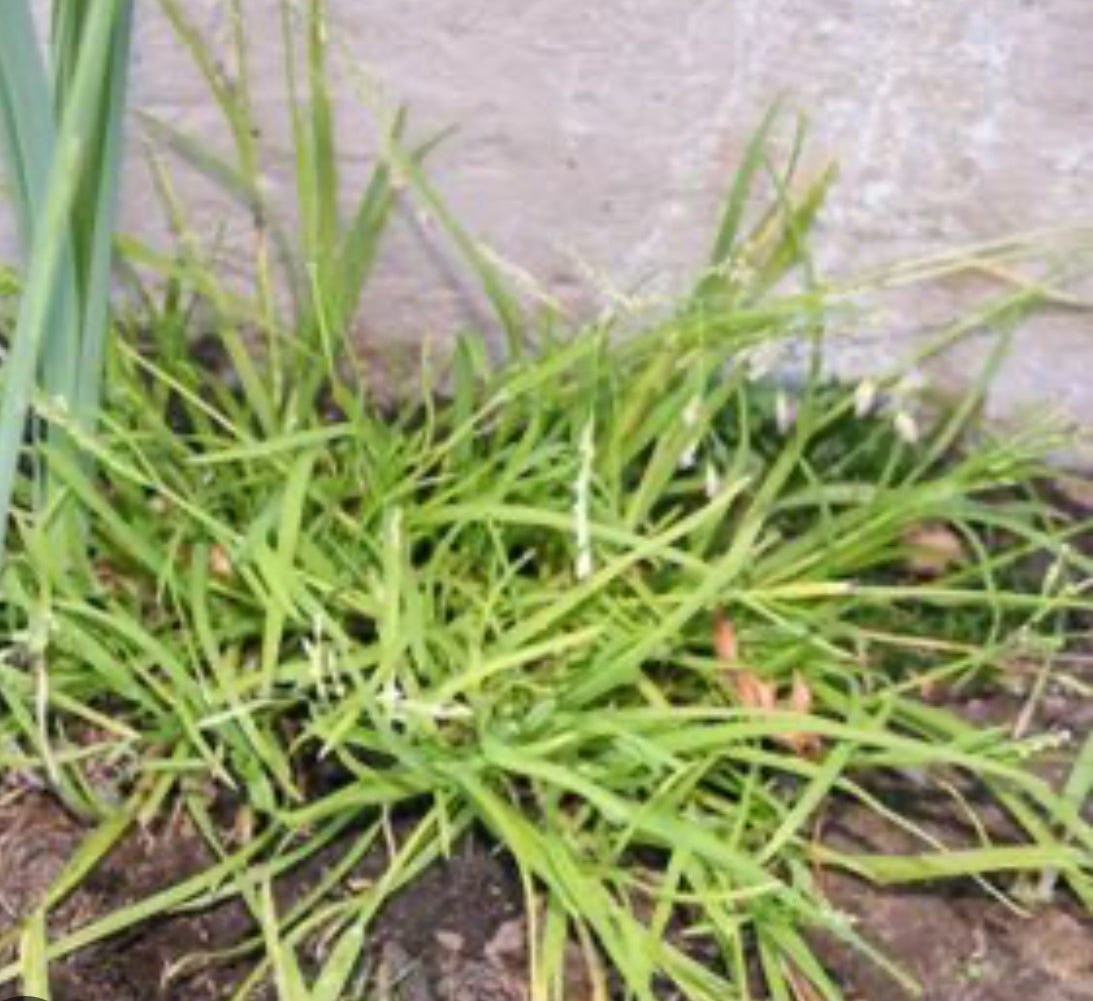
Poa Annua: The Notorious Weed
Introduction: In the battle for a pristine lawn, one adversary reigns supreme: Poa Annua, commonly known as annual bluegrass. This invasive weed has plagued homeowners and landscapers for decades, disrupting the aesthetics and health of lawns worldwide. In this blog post, we'll delve into the reasons why Poa Annua is considered a weed, its noxious nature, native habitat, identification characteristics, and historical significance.
Why Poa Annua is a Weed: Poa Annua earns its status as a weed due to its aggressive growth habit, prolific seed production, and ability to outcompete desirable turfgrass species. Unlike perennial grasses that establish deep root systems, annual bluegrass thrives in compacted soil and disturbed areas, and attacks weak root systems, quickly colonizing lawns, golf courses, parks, and athletic fields.
The Noxious Nature of Poa Annua: Beyond its rapid spread, Poa Annua poses several challenges for lawn care and maintenance. Its shallow root system makes it susceptible to drought stress, leading to unsightly browning and dieback during dry periods. Furthermore, annual bluegrass can host fungal diseases, such as snow mold and dollar spot, which can spread to other turfgrass species, compromising lawn health.
Native Habitat of Poa Annua: Originally native to Europe, Asia, and North Africa, Poa Annua has now naturalized in temperate regions worldwide. It thrives in a wide range of habitats, from meadows and pastures to lawns and roadsides, making it a ubiquitous presence in urban and suburban landscapes.
Identification Characteristics: Identifying Poa Annua amidst a sea of grass can be challenging, but several key characteristics can help distinguish it from other turfgrass species:
- Appearance: Annual bluegrass typically forms dense, tufted clumps with narrow, boat-shaped leaves that taper to a fine point. The leaf blades may exhibit a bluish-green hue, particularly in cooler temperatures.
- Seedheads: One of the most distinctive features of Poa Annua is its seedheads, which emerge in spring and resemble small, white flowers. These seedheads can give lawns a speckled or uneven appearance, signaling the presence of annual bluegrass.
- Growth Habit: Unlike perennial grasses that maintain year-round growth, Poa Annua is an annual or short-lived perennial, germinating from seed each year and completing its lifecycle within a single growing season.
Historical Significance: Poa Annua's history is intertwined with the evolution of modern lawn culture. Introduced to North America by European settlers, annual bluegrass quickly established itself as a common weed in lawns and agricultural fields. Despite efforts to control its spread through herbicides and cultural practices, Poa Annua remains a persistent and widespread nuisance in turfgrass management.
Conclusion: As homeowners and landscapers strive to maintain healthy and aesthetically pleasing lawns, the battle against Poa Annua continues. Recognizing the characteristics of this invasive weed and implementing integrated management strategies are essential steps in minimizing its impact and restoring turfgrass health. By understanding the reasons behind Poa Annua's status as a weed, its noxious nature, native habitat, identification features, and historical significance, we can better equip ourselves to combat its encroachment and preserve the beauty of our landscapes.
